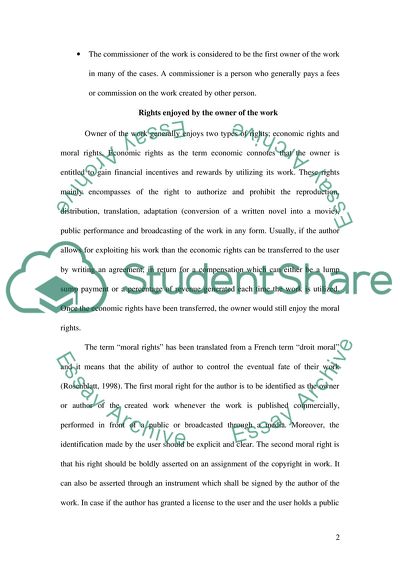Cite this document
(Copyright Licenses Case Study Example | Topics and Well Written Essays - 2000 words, n.d.)
Copyright Licenses Case Study Example | Topics and Well Written Essays - 2000 words. Retrieved from https://studentshare.org/law/1719445-information-law
Copyright Licenses Case Study Example | Topics and Well Written Essays - 2000 words. Retrieved from https://studentshare.org/law/1719445-information-law
(Copyright Licenses Case Study Example | Topics and Well Written Essays - 2000 Words)
Copyright Licenses Case Study Example | Topics and Well Written Essays - 2000 Words. https://studentshare.org/law/1719445-information-law.
Copyright Licenses Case Study Example | Topics and Well Written Essays - 2000 Words. https://studentshare.org/law/1719445-information-law.
“Copyright Licenses Case Study Example | Topics and Well Written Essays - 2000 Words”. https://studentshare.org/law/1719445-information-law.


